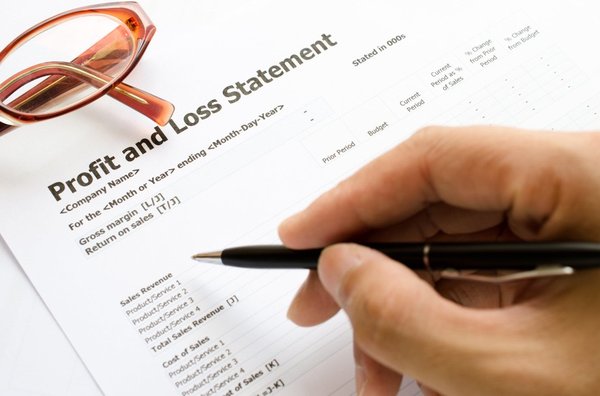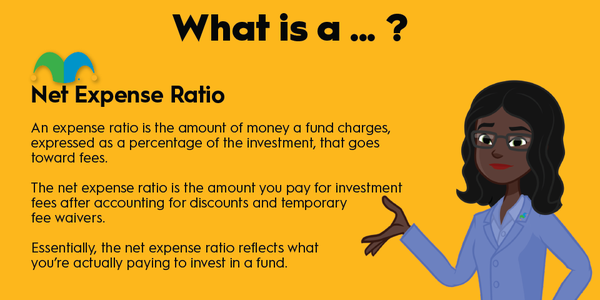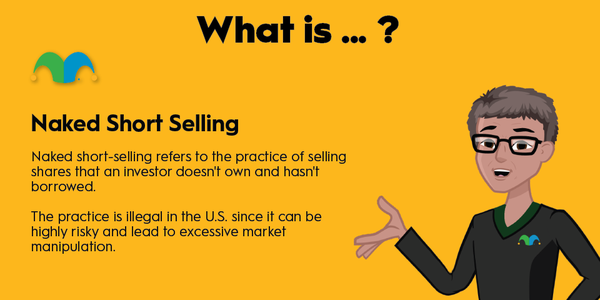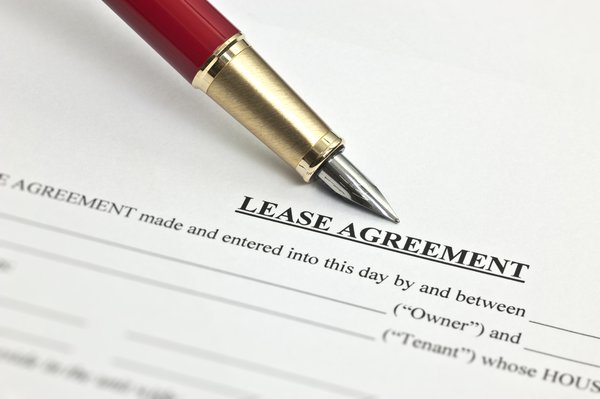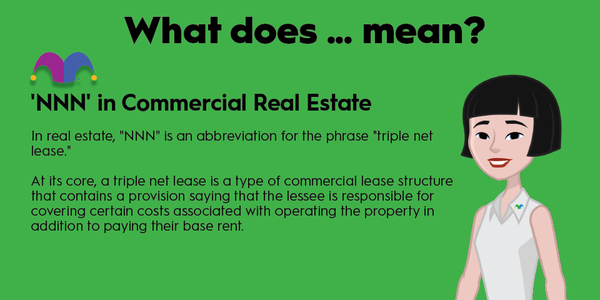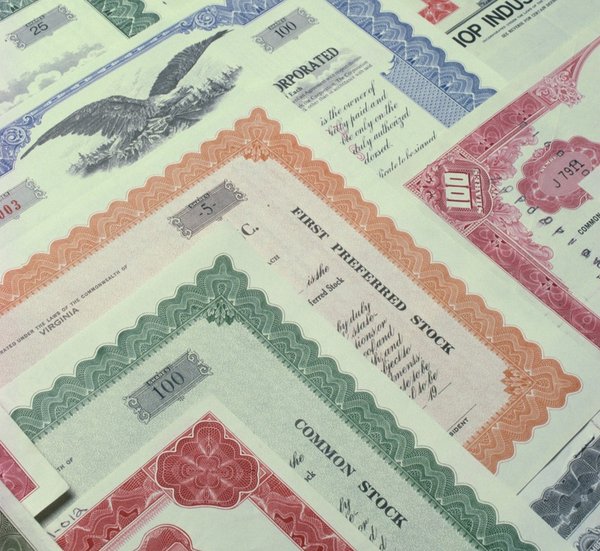On the surface, negative carry, a more uncommon strategy, actually involves more cost than income. When considering an investment, it's important to look at all the associated costs and strategize from there. Let's dive in.

Negative carry defined
What is negative carry?
Negative carry means that you're directly spending more on an investment than you're directly making, but it's more than just a poorly considered decision. When an investor employs a negative carry strategy, it's a long-term investment play, often an element of a multipart investment.
Although negative carry can be used in most types of investing, the average person is more likely to encounter negative carry with a real estate investment. If you buy a rental home today that costs $2,000 a month to own, but you can only rent it out for $1,500 per month the first year, that is an investment with negative carry.
Of course, there's more to a real estate investment than just the mortgage and rent. You get depreciation on your taxes, and you'll see value appreciation over time. In the long term, the property's rental value will also increase, allowing you to charge higher rent to meet or exceed your mortgage payments.
Why investors use this strategy
Why would an investor use a negative carry strategy?
Most investors are looking for relatively straightforward investments, like stocks or mutual funds, that tend to grow more or less indefinitely. But not every type of asset is that straightforward, and not every kind of investor thinks they can beat the market with simple investment strategies like these.
As in the example above, real estate rental investments are a prime example of negative carry. If you've invested in real estate, you know your initial costs are high. However, as time passes and your investment ages, market rents go up, even though your costs largely remain the same.
At that point, you flip into a positive investment position, even without considering the additional benefits of owning an investment property. But that's also part of the reason investors do this.
Just because the initial costs to own an investment are higher than it pays out doesn't mean the investment is actually worth less than you paid. Things like longer-term appreciation and tax benefits can also more than offset your negative carry.
Assets using negative carry
What types of assets use negative carry?
You can invest in any sort of asset using a negative carry strategy, although it may not always pan out. Bonds are common types of negative carry assets because the value of a bond can change over time when the secondary market is considered. Some bonds become considerably more valuable before they fully mature. And that can offset the negative carry when you sell them to a secondary market buyer.
For example, let's say you borrowed a $10,000 loan at 5% to pay for a 10-year bond with a 3% coupon rate. Once the bond is in high enough demand, you might resell it for $15,000 during your second year of ownership, more than beating the gap between the interest rate and coupon rate.
Real estate, as mentioned, is a common place to find negative carry. There are so many different ways that real estate can be profitable beyond simple expense-versus-income calculations. Writing off specific expenses can lower your tax burden, and you may gain considerable equity simply by owning the property for an extended period.
Foreign exchange trading (forex) is another common area in which negative carry is employed frequently. If you invest in a currency with a higher interest rate than the one you're borrowing in, time, geopolitics, and the mysteries of the currency markets can flip that investment into one that's significantly profitable once you cash out the invested currency and repay the loan.
Banking and negative carry
Banking history and negative carry
Although it's much less common now, banks are sometimes deeply involved in negative carry territory. This happened in the early 1980s when mortgage interest rates were sky-high. It wasn't uncommon for those banks to issue mortgage loans at less than they were paying on six-month certificates of deposit (CDs).
Even though the bank often relied on the income from the mortgages to pay CD holders, they were required by law in many states to put a ceiling on the interest they could charge. In essence, the money they were lending to homebuyers was coming from savings products held within the bank, such as the CDs, which paid at much higher rates than the return from the mortgage.
That caused distinct periods during which even banks were practicing negative carry, although maybe less purposefully than someone doing it with a bond market or forex transaction. Over time, of course, the CD rates dropped, and the mortgage loans became more profitable, a universal happy ending for the best of all negative carry strategies.

